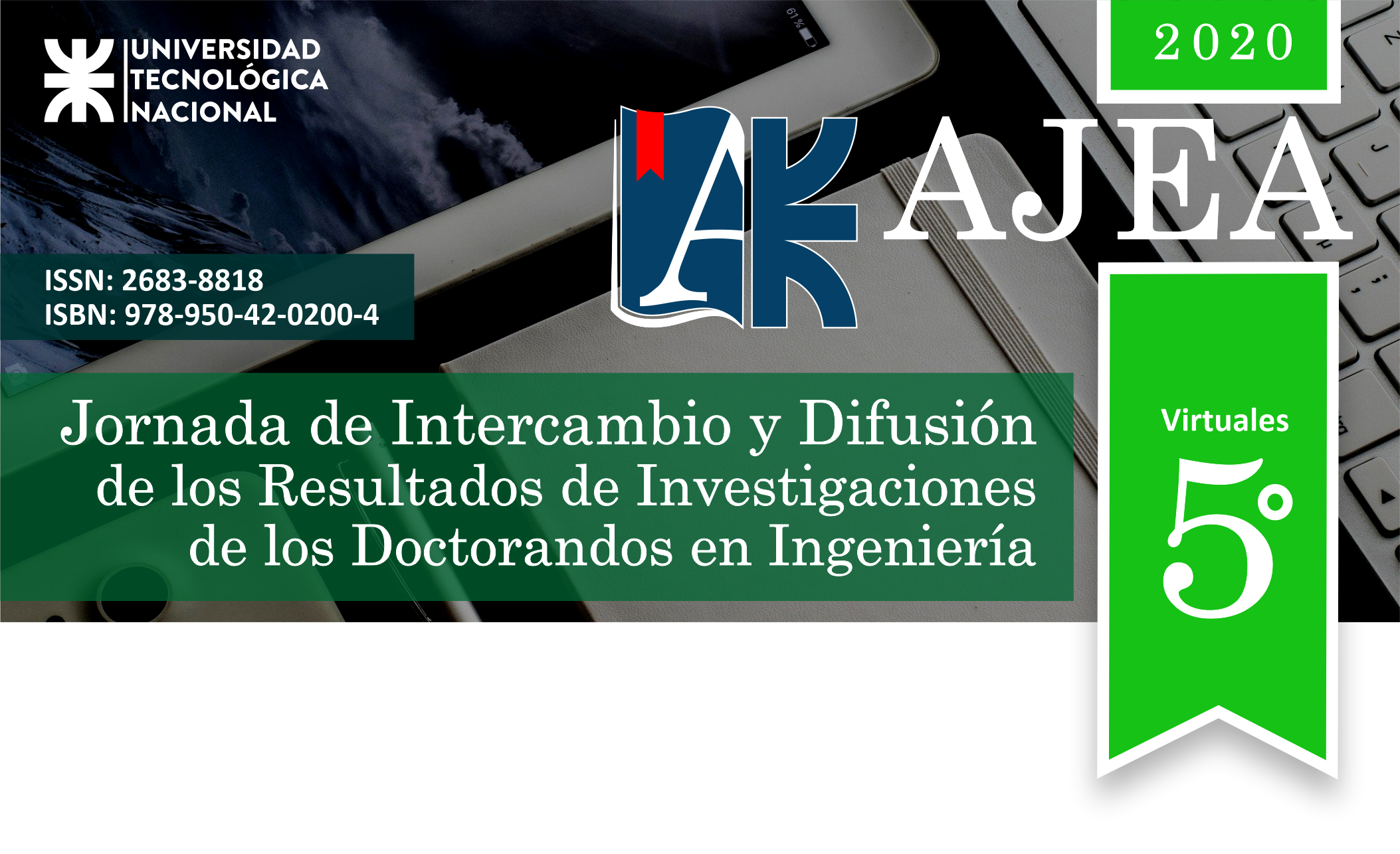Uncerainty Reduction Method Based on Evolutionary Algorithms and Parallelism Applyed to Natural Disasters Prediction and Prevention
DOI:
https://doi.org/10.33414/ajea.5.749.2020Keywords:
uncertainty reduction, prediction, parallelism, evolutionary algorithms, natural disastersAbstract
The imprecision in the input parameters in any scientific model is generally due to the impossibility of quantifying all factors that affect the model in real time. This can produce dramatic consequences in the output of the model, and even more if it is a critical system such is as the natural disasters prediction. However, the limitations of the models themselves, the numerical solutions restrictions and those coming from the implementations and computer versions must also be considered. For this reason, this research has focused on the development of uncertainty reduction methods to achieve the most reliable prediction possible. Due
to this, two uncertainty reduction methods validated in the forest fire behavior prediction have been developed. These methods use as components: Statistical Analysis, Parallel Evolutionary Algorithms, High Performance Computing and Satellite Information. Statistical analysis allows studying trends in the behavior of the system under various condition, parallel evolutionary algorithms allow searching for a more accurate prediction, parallel computing provides the necessary infrastructure to be able to carry out the processing in a reasonable amount of time, and satellite information allows these methods to be applied in real emergencies. Each of these components are essential to achieve better prediction quality and response time of the proposed methods.










